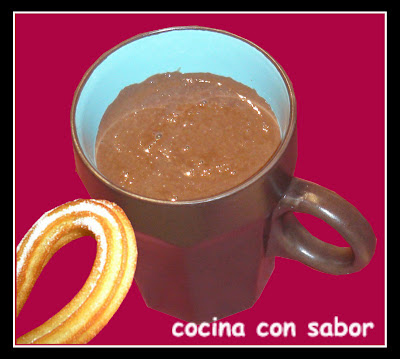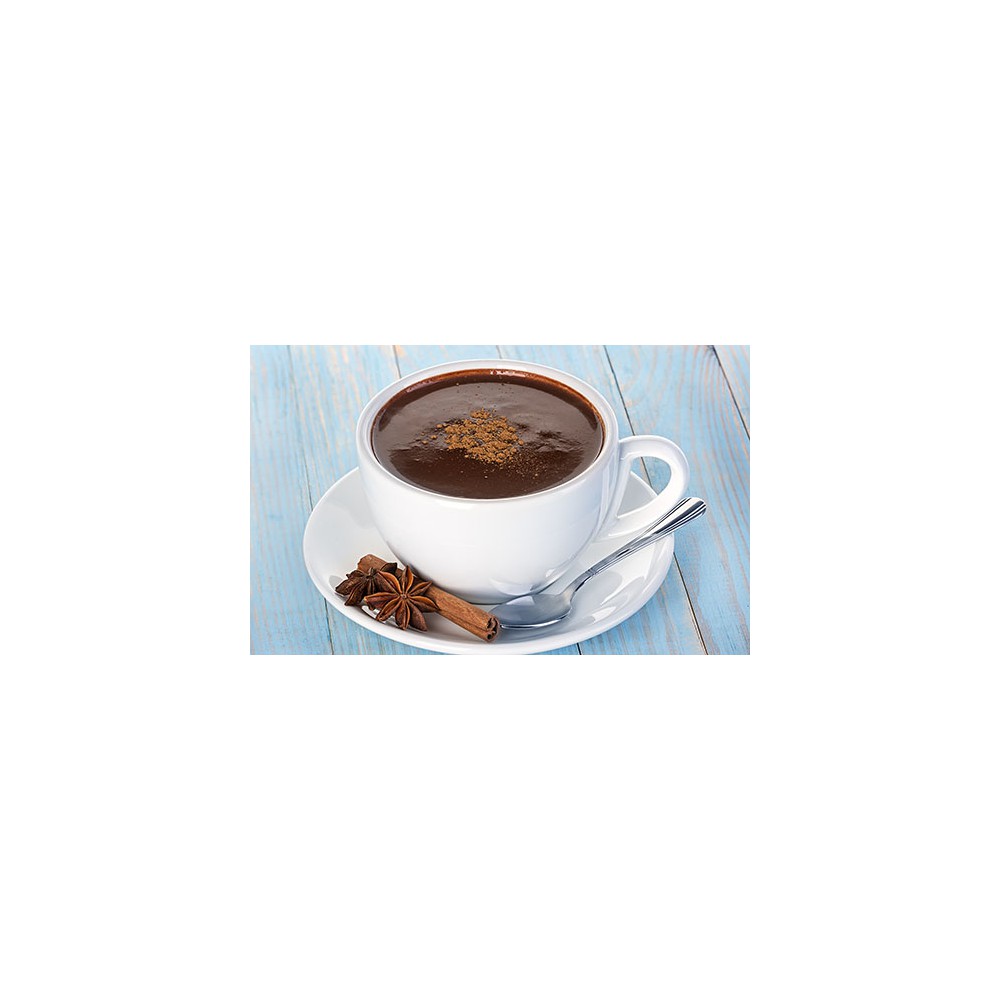

To avoid this, it is common to add 2 – 3% more cocoa butter to the recipe, which is very costly. "Typically, these replacements will absorb more of the fat than the milk components with a resulting higher viscosity of the liquid chocolate and a more dry mouthfeel in the finished product. "When making plant-based chocolates you typically need to replace the milk components with other sugar and protein sources to get the milky-like appearance and mouthfeel," Pedersen told FoodNavigator-USA. Removing milk fat to create a dairy-free version of chocolate is not an easy task, explained Arne Pendersen, regional application manager, bakery & confectionery, Palsgaard. Globally, the sector recorded a 24% compound annual growth rate for 2018 to 2020 with North America accounting for 21% of new plant-based chocolate launches, according to Innova Market Insights data.Īnd while there is clearly a lot of activity and consumer demand for chocolate products made without dairy, formulations have typically relied heavily on costly cocoa butter used in combination with lecithin, which has functional limitations, noted Palsgaard.

More consumers are looking for plant-based credentials in the chocolate aisle and brands in the category have responded accordingly with vegan and dairy-free chocolate products. Emulsifiers, stabilizers, hydrocolloids.Chocolate and confectionery ingredients.Carbohydrates and fibers (sugar, starches).Plant-based, alt proteins, precision fermentation.


 0 kommentar(er)
0 kommentar(er)
